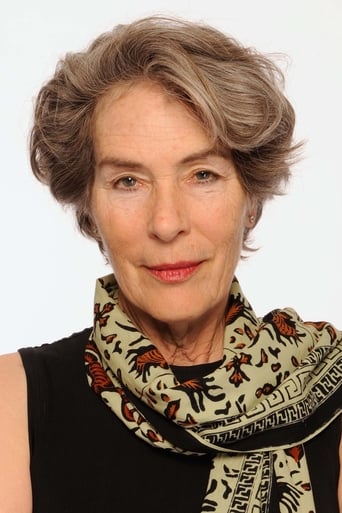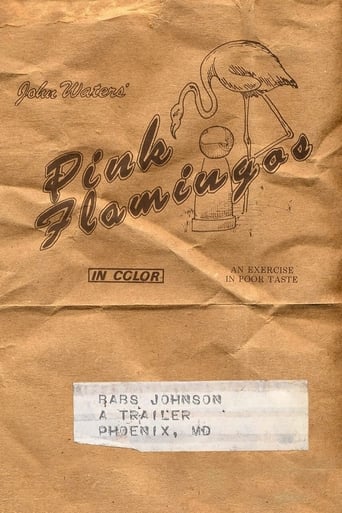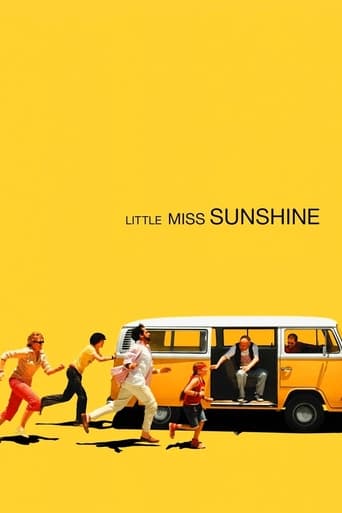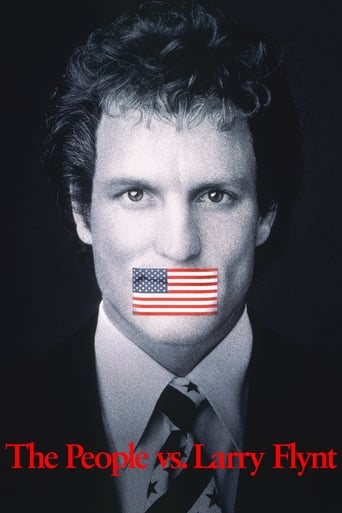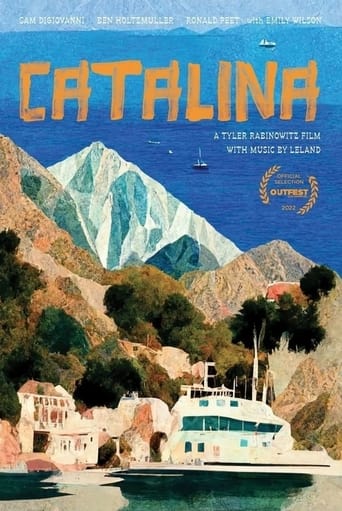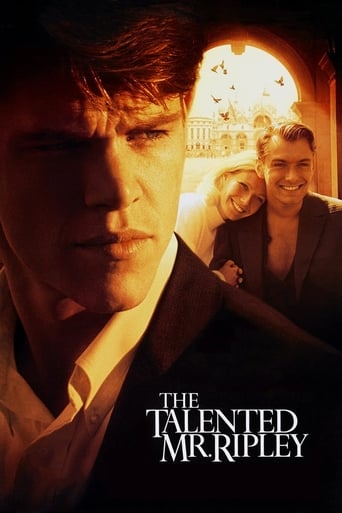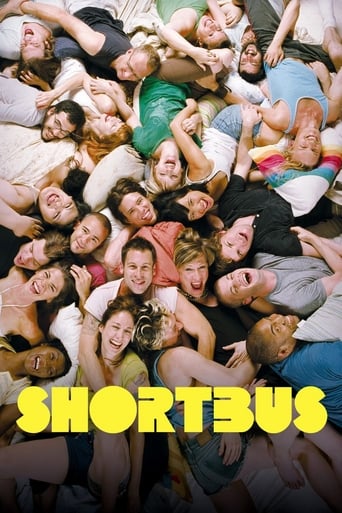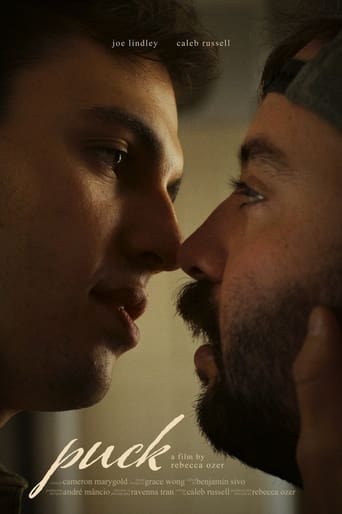
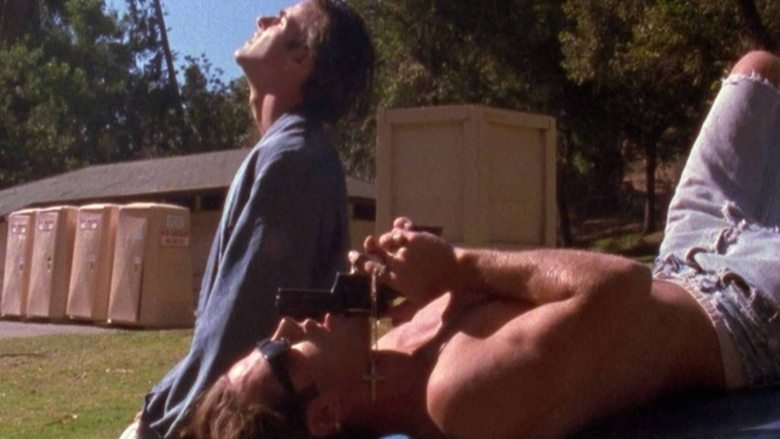
The Living End (1992)
Two HIV-positive young men — a semi-employed film critic and a hot hustler — tear off on a cross-country crime spree.
Watch Trailer
Cast
Similar titles
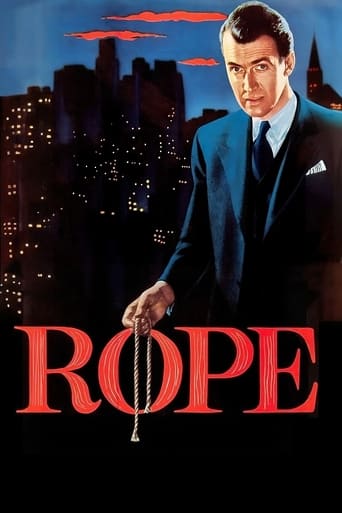
Reviews
Simply Perfect
Like the great film, it's made with a great deal of visible affection both in front of and behind the camera.
The acting in this movie is really good.
Blistering performances.
Gregg Araki is a brilliant director that finds in subversive and polemic subjects a complexity and richness that would pass unnoticed for other filmmakers."The Living End" is a story that deals with death. However, unlike most movies Araki has found a balance between Freudian Eros and Thanatos. The life drive and the death drive are equally as important for Jon and Luke, the protagonists. They alternately assume different roles regarding impeding death. For Jon, at first, is denial when he confronts the fact that he has AIDS. He trusts in his doctor's words when is told that this diagnosis does not equal a death sentence. Not just yet anyway. Luke, on the other hand, has a clear self-destructive tendency; he seems to be wandering off amidst repellent streets and dangerous highways, with no goals and no real desire.They meet. They have sex. But here sex is devoid of the Freudian libido. Sex at first may be a consequence of the life drive but ultimately it's but an act of despair, it's the result of an undeniable lack of hope. And what is hope in the end? Is it an abstract concept or rather the force that prevent us from languishing in a situation in which our success is never guaranteed? I'd venture to say that hope comes down to one element: creation. And it's clear for the viewers that Jon and Luke will never be able to create a life together, their existence has already been forfeit."Afterlife is just this pathetic notion people cling to in order to avoid confronting their own mortality" explains Jon to Luke. And according to Slavoj Zizek he is absolutely right. In "The Seven Veils of Fantasy" Zizek explains that fantasy gives structure to reality. Fantasy is what allows people to confide in the symbolic order, fantasy is also more powerful than people might expect. Fantasy is the imaginary support upon which we build everything: we don't see human bodies we only see bodies through a certain fantasy; in fact, certain neurosis consist in seeing the body as it is (a disgusting cumulus of fluids, excrement, viscera and blood), and as a result there is a complete rejection of the other, or the constantly paranoid fear that contact with others will bring forth contamination or filthiness. Fantasy also structures desire ("what am I in the eyes of the other?"). Is Luke this rude, gay-macho version of Clint Eastwood or is this irresponsible, childish guy that makes Jon laugh with his nonsense? Is Jon this well-behaved gay, a productive member of society, or is he an absolute desperate person (willing to embark upon a nearly suicidal road trip with his newly found lover) that seeks out an indefinable truth that will give meaning to his remaining days? Fantasy also allows people to understand abstract concepts. What is a nation, for example? Benedict Anderson defines nations as "imagined communities", id est, arbitrary creations upon which people agree on.Nevertheless, the most important conception of fantasy here is that which veils and hides the real. Fantasy secludes oneself from the awful truth. Fantasy nurtures mythological and theological narratives that deal with something that has frightened people since the dawn of time: death. Sometimes, fantasies that veil the horror of death are as clumsy as the nice and tidy instructions and warnings one receives in every flight concerning the possibility of an "accident" (one has but to wonder what use a fastened security belt has when most airplane crushes end up turning people into a pulp, scattered tissue, that prevents even dental records to be obtained from the wreckage), but also as influencing and historically relevant as the heaven versus hell narrative that church still proclaims to this day.What is "The Living End"? It is a glance of what happens once we withdraw from fantasy. Araki's film shows us what happens when death is no longer an abstract concern but a certainty. It demonstrates that a once life-driven Jon can lose all hope thanks to a medical diagnosis and thus embrace a death drive; it demonstrates that for all his bravado, Luke might not be the overtly self-destructive, death-seeking guy we saw in the first scenes. Life drive turns into death drive and vice versa (the extraordinary last scene condenses a powerful eroticism in contrast with an incontestable death wish). But one thing is clear: The veil has been removed and death no longer hides from mortal eyes. It's there, looking Jon and Luke right in the face. And they are looking back with a very fearless and subversive expression.
Let's see: Bad lighting. Ugly cinematography. Barely audible sound. Profanity laced dialogue. Amateurish performances. Protagonists whose bad behavior is supposed to represent TRUTH. Cameos by Paul Bartel and Mary Woronov. Yep, we are in the world of indie filmmaking, where the mere fact that a semi-coherent film even gets completed on a budget of a buck-ninety-two is considered an artistic achievement. THE LIVING END is a cult film and considered something a landmark of gay cinema to boot. Two guys, who are HIV+ positive, act out violently to protest ... well, to protest just about anything and everything immediately available. The "angry young gay man" syndrome is in play: We're here, we're queer, we're going to be annoying. It was pretty radical stuff for the time; pre-Ellen, pre-Will-&-Grace, pre-Queer Eye. Now, in the era of legalized gay marriage, this seems rather quaintly naive: more Hope and Crosby than Butch and Sundance, let alone Thelma and Louise. The problem is that, divorced from its historical context, THE LIVING END is just painfully mediocre at best and just plain bad much of the time. Even overlooking the fifth rate production values, you still have a contrived story, badly written, poorly directed and awkwardly acted. The tale involves Jon, who, on the day he learns he is HIV+, encounters Luke, a leather-jacketed stud on the run from freshly killing a trio of gay bashers. Jon is a nerd (he writes film reviews); Luke is a thug (he apparently has also killed a cop); and they head out on the road to who-knows-where. Luke claims he has fallen madly in love with Jon, while Jon seems gaga over Luke apparently because Luke looks hot in a leather jacket (and even hotter minus the jacket). Ultimately their road trip goes nowhere and little is done that couldn't have just as easily been done in Jon's cramped little apartment. Toss in a bothersome side story involving Jon's mother hen (read fag hag) best friend whose sex life goes south as she worries about Jon being AWOL, and the already threadbare narrative is revealed to be even flimsier. But to give it credit, THE LIVING END was something different in its time. It deals with gay rage, AIDS and gives us anti-heroes who are hardly role models, but at least aren't negative stereotypes from the straight point of view. The film is subtitled "An Irresponsible Film by Gregg Araki," and several of the scenes are provocative. Certainly director Araki is not interested in political correctness, particularly in the way he attempts to link sex and violence as a common impulse. Indeed, the film's most powerful moment comes at the end as it ties rape and suicide into one graphic image. The final scenes are jolting, especially considering the banality of the rest of the film. I want to be generous to this film because it is sincere and it is important within the subgenre of gay cinema. But it just isn't very good; there just isn't any nicer way to say it. THE LIVING END is a dead end.
Two HIV+ men go on a road trip. Basically that's about it. It's not as depressing as it sounds. There's lots of humor in the movie but no pulling back on the anger they feel. The camera-work is shaky, the sound goes from audible to inaudible more than once and there really is no plot. Also, must we have the tired old stereotypes of two lesbians being psychopaths? But the dialogue contains more truth than any Hollywood movie I've seen. For instance, at one point, one of the guys goes "Let's go to Washington and inject our blood in the President. Want to bet they'll find a cure in 30 seconds?" Sadly, I believe they would. This was WAY ahead of its time in 1992. It was angry, in your face and catch a look at a little message after the closing credits,.Grim, funny, powerful with a sad (but truthful) ending. Also Mike Dytri is one of the most beautiful, hunky men I've ever seen.A must-see for gay men.
I really love Araki's 'The Doom Generation' and 'Nowhere', but it's taken me some time to finally get around to watching this, his debut. Now seeing those other two first has probably ruined 'The Living End' for me, as I can't help but compare it to them, and it lacks the energy, pop culture saturation and surreal humour that appeals to me so much. 'The Living End' is more realistic and serious, and does what it does quite well for its obvious budget limitations, but I can't say I was all that impressed.Still Araki is a great talent, and went on to better things.Nice to see a cameo by the delicious Mary Woronov though!

